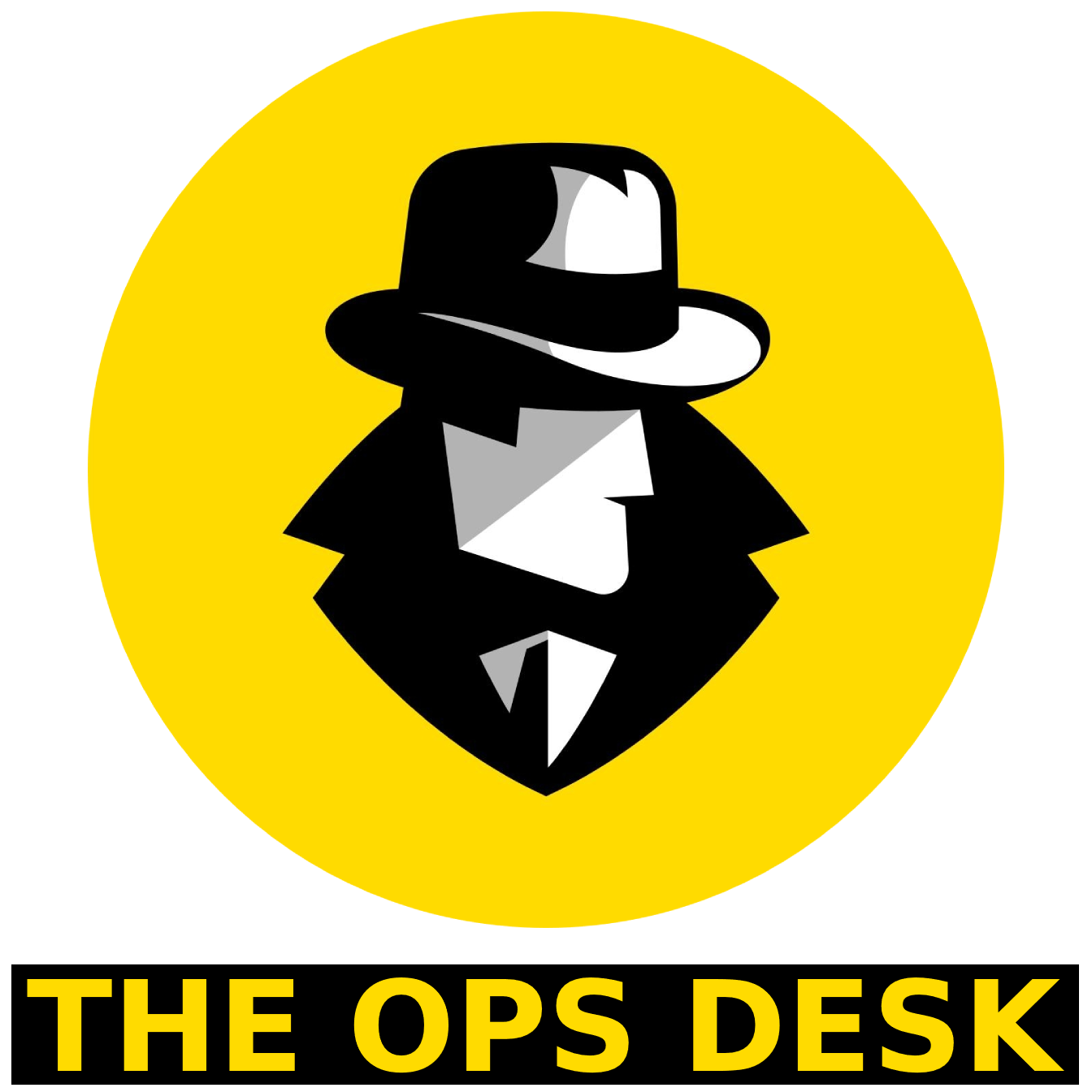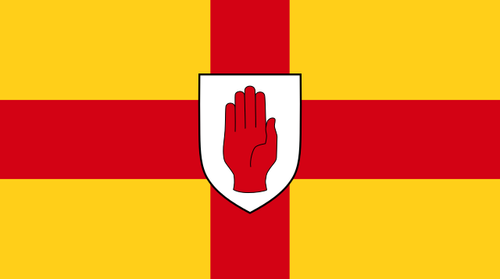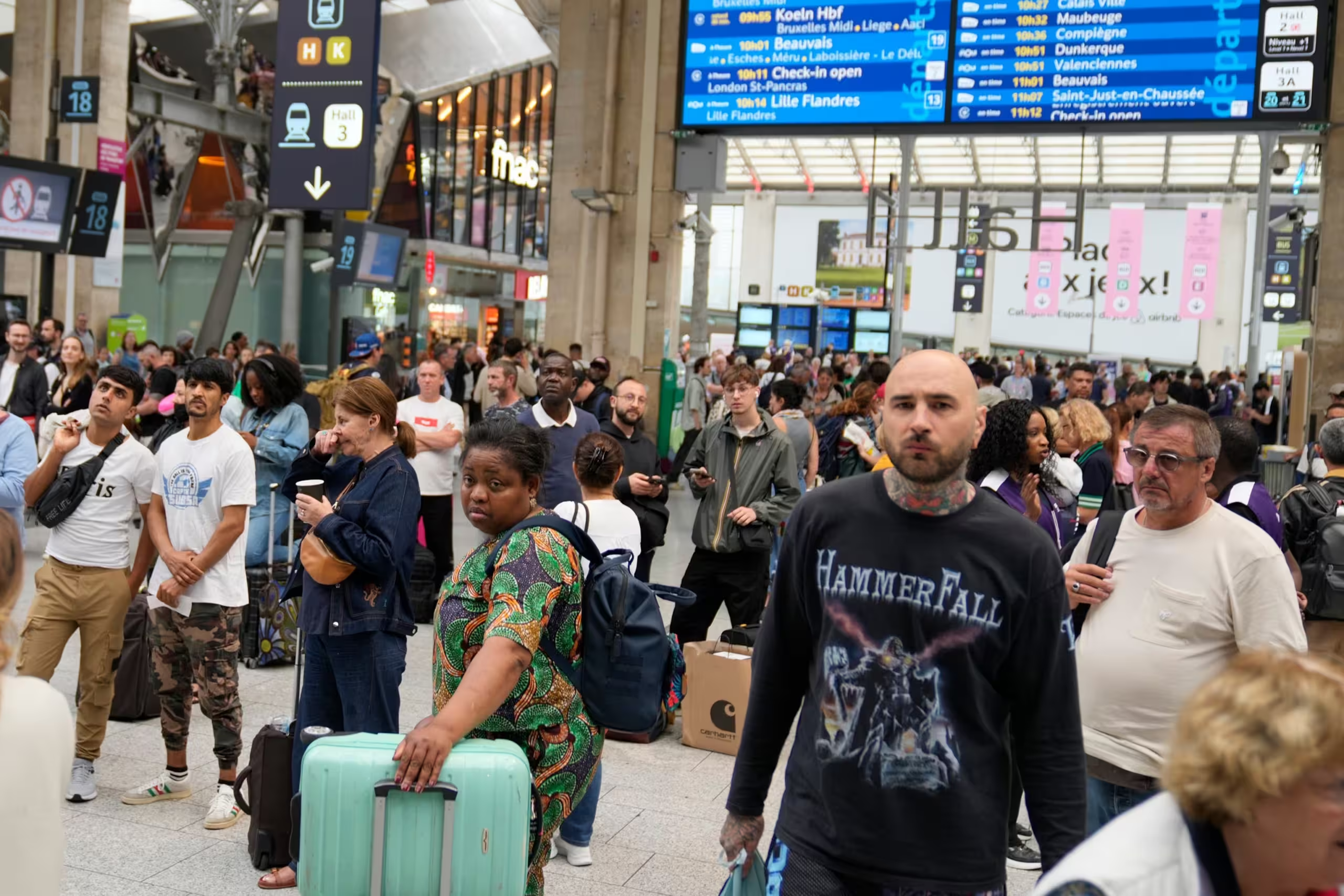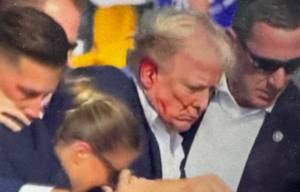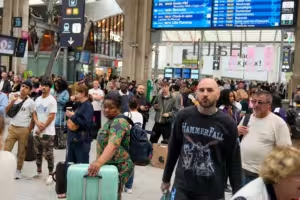Catholics outnumber Protestants in Northern Ireland. For a state deliberately set up to exclude the former from participation in civil and political life, recent census results prove that Protestant domination over the north eastern boundary of Ireland is officially consigned to the dustbin of history, never to be repeated again.
Yet, turmoil and divisions across Northern Ireland still remain the rule not the exception: More than 100 ‘peace walls’ that separate Catholics from Protestants remain throughout Northern Ireland; With over 1,000 schools in Northern Ireland only 70 are ‘integrated’ meaning both Catholics and Protestants attend.
Both Christian communities could not be further apart from a civil point of view. When it comes to violence the enmeshed sectarianism that came to define the statelet still permeates in many ways.
Since the passage of the Good Friday Agreement, that brought a détente between Loyalist – those loyal to the United Kingdom – and Irish Republican – those who seek a United Ireland – paramilitaries, there has been a considerable cessation of large scale bombing campaigns and other forms of violence. However, intimidatory and retaliatory small-scale attacks remain ubiquitous and have only intensified following Brexit – the catalyst that unleashed a melange of renewed irredentism on the Irish Republican side and feelings of exclusion from the Loyalist side.
Even before Brexit, deep rooted sectarian strife presented itself in several ways: Figures compiled by Detail Data based in Belfast found that from 2006-15 that had been over 20 murders, 1,100 shootings and bombings, 787 so-called punishment attacks, and cases involving over 3,000 people being forcibly removed from their homes.
Following Brexit these divisions came to the fore once again.
Britain’s exit from the European Union (EU) presented a dilemma for Northern Ireland: having voted to remain inside the trading bloc, the six county state was compelled to leave in some way, shape or form given its status as a member of the United Kingdom. When both nations were part of the same trading arrangement, the border between the Republic of Ireland and Northern Ireland existed in name only with unfettered access for goods and people between both jurisdictions firmly intact. With one side seceding from this Union, the volatile issue of a border gained renewed relevance.
“Any infrastructure would be a legitimate target for attack and armed actions against those infrastructures and against the people who are manning them,” a spokesperson for ‘the New IRA’ warned in 2019 when the possibility of a ‘no deal Brexit’ – whereby the entire United Kingdom would leave the EU single market and customs union – seemed imminent. The New IRA is part of the so-called Irish republican dissident movement. Having accepted the Belfast Agreement in 1998, the paramilitary Provisional IRA through their political wing Sinn Féin accepted the devolved settlement that remains to this day with Stormont overseeing governance within the six counties. Certain sections of the IRA, the dissidents, refused to accept this arrangement and have made their virulent opposition known through jingoistic statements and actions.
The cause they are committed to – a United Ireland by force – has gained momentum since jitters about a border on the island of Ireland resurfaced following Brexit.
Between April 2019 and March 2020 there have been just over 20 bombings or attempted detonations and 40 shootings in Northern Ireland. The Police Service of Northern Ireland (PSNI) has seized over 700 rounds of ammunition along with 30 firearms.
In the same year as the threat of violence at border checks was released, the New IRA dissident faction were involved in the killing of journalist Lyra McKee while covering a riot in the predominantly Catholic Creggan estate in County Derry. There had been a series of police raids in the locality beforehand leading to a melee between security forces and the paramilitaries, with a fusillade of bullets pervading the area thereafter. It is believed that McKee, originally from Belfast but living in Derry at the time, was shot by accident. The savage killing caused uproar with several vigils held throughout Ireland calling for justice for the befallen 29-year-old journalist.
The brutal killing gave renewed impetus on British and Irish negotiators to ensure large scale violence would not be repeated.
Shortly after McKee’s murder, Irish prime minister, or Taoiseach as he’s known in Ireland, Leo Varadkar and British premier Boris Johnson reached an agreement in Liverpool to solve the ensuing impasse regarding the future status of Northern Ireland. Both leaders agreed that the six counties would remain in the EU’s single market for goods and leave the customs union, with mainland Britain leaving the EU’s trading institutions entirely. This prevented the need for a border on the island of Ireland, but a border in the Irish Sea would have to be implemented instead, with regulatory checks in northern Irish ports on behalf of Brussels the inevitable result, dubbed the Northern Ireland Protocol.
Quickly, Irish Unionists began framing this agreement as a de facto Irish Sea Border separating them from their mainland brethren.
The so called sea border unleashed a new wave of political instability that had already pervaded in Northern Ireland for years.
As part of the Belfast Agreement, both communities – Catholic/Nationalist and Protestant/Unionist – would be represented in Stormont with a First and Deputy First Minister at the helm. In February this year, the Democratic Unionist Party’s (DUP) First Minister Paul Givan resigned due to frustrations regarding the implementation of border checks in northern Irish ports. This was the sixth time the devolved assembly collapsed since its inception 24 years ago.
Following the last assembly election held earlier this year, where Sinn Féin emerged as the largest party, the DUP has refused to share the ministerial role with the Irish republican party until their demands on the protocol are met.
For now political paralysis remains, with elections due to be held later this month unless a government is formed.
While the protocol may have averted the possibility of Irish Nationalist violence, the threat of Loyalist violence has reared its ugly head once more.
“Boris Johnson has shafted the loyalist people of Northern Ireland,” the Ulster Defence Association (UDA) warned following reports of the agreement.
Leading Loyalist activist Robert Girvan menacingly warned of bombs going off outside the realm of the United Kingdom in Ireland, “I was talking to someone who said we’ll see how hard the border is if bombs start going off in Limerick.”
Loyalist groups have been responsible for a series of intimidatory acts in recent months. Just last year, a Catholic family were forced out of their home in the predominantly Protestant east Belfast after loyalist groups the Ulster Volunteer Force (UVF) and the Ulster Defence Association (UDA) warned them they were no longer welcome. The family, which included a one year old child, had originally lived in the predominantly Catholic west Belfast but moved after being offered housing by the Housing Executive – a body set up to provide social housing in Northern Ireland.
While Irish Republican paramilitaries experienced a schism following the 98 agreement, Loyalist paramilitaries have remained a bit more cohesive and less divided. Having endorsed the Belfast Agreement and expunging of their weaponry thereafter, the Loyalist Communities Council (LCC), which consists of all major loyalist paramilitary groups such as the UVF and the Red Hand Commando, sent a letter to Downing Street last year to announce their withdrawal of support for the agreement, essentially ending the agreed ceasefire.
Since then the spectre of violence and intercommunal tensions from those in loyalist communities has sprung to the fore.
The perception of an apartheid state, whereby Catholics were treated differently than Protestants, fuelled Catholic resentment to the six county statelet resulting in the original troubles. However, this perception was turned on it’s head when in May last year the Police Service of Northern Ireland (PSNI) refused to prosecute Sinn Féin politicians who attended a mass gathering for the funeral of deceased IRA paramilitary Bobby Storey at a time when such gatherings were not permitted due to pandemic restrictions. This, on top of existing anxieties surrounding post Brexit trading arrangements, sparked a wave of sectarian rioting in Belfast, the likes of which have not been seen since 1969.
The violence took place in predominantly loyalist/Protestant areas such as the Shankhill road in west Belfast and Carrickfergus located in County Antrim. Buses and cars were set alight with children as young as 12 participating adding fuel to speculation that the riots may have been coordinated. The loyalist rioters also made their way to the peace wall separating Catholics from Protestants in west Belfast in an attempt to intimidate those on the other side.
The PSNI described the rioting as ‘the worst Northern Ireland had seen in years.’
Irish Defence Analyst Declan Power says that while threats to the peace remain a problem, the likelihood of the type of large-scale violence seen in the past is unlikely.
“The biggest fear is the whipping up of loyalist youth into a frenzy to create trouble on the streets as there is always the possibility of unintended consequences,” he says.
“I don’t see a repeat of the past being likely… at this point in time.”
Power, who has served in the Irish Defence Forces, mentions that the failure of the devolved Northern Ireland assembly to remain up and running adds to the growing resentment: “I do see political tensions rising due to frustration at the lack of a sitting government and perhaps the calls for border polls and the recent announcement regarding the shift in demographics.”
In March this year, Ireland’s minister for foreign affairs Simon Coveney was rushed out of an event in Belfast after a credible bomb threat had been made. A loyalist paramilitary had hijacked a van and placed what turned out to be a fake bombing device inside and ordered the driver to head to the speaking engagement in the Crumlin Road area of Belfast.
The UVF has publicly stated that Irish politicians and government buildings are legitimate targets until the Northern Ireland Protocol is removed from the statute books.
During the Siege of Derry in 1689, a siege permanently imbued in the psyche of Irish loyalists, the rallying cry of those who refused to open the gates of Derry to the Catholic Jacobites was “no surrender” with the battle cry remaining potent in loyalist marching bands and circles today.
In a similar vein, the Irish phrase Tiocfaidh ár lá, in English meaning ‘our day will come’, has been the rallying cry of Irish Republicans since the troubles in the 1970s.
How the loyalists and republicans of today interpret and practice these slogans will come to define the stability of a statelet that has existed for 100 years.
